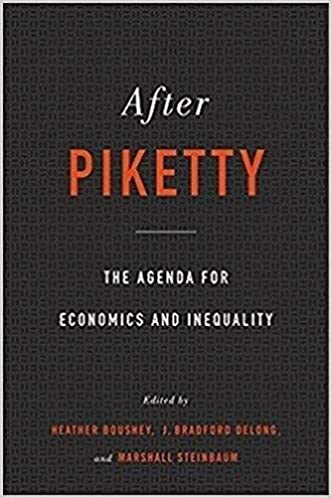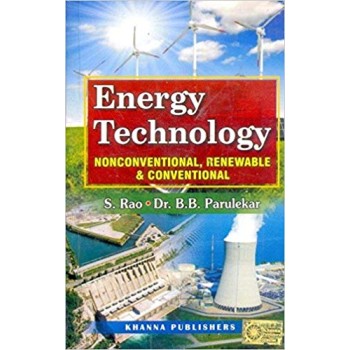Categories
hot deals
Special Product

money back
7 Days Money Back Guarantee
free shipping
Shipping on orders over 1999
Special Sale
Extra 10% off on all items
Online Bookstore
Survival Skills for the Principalship A Treasure Chest of T
By: John Blaydes
₹5,966.40
₹ 7458
20.00% off
Designing Successful Professional Meetings and Conferences i
By: Susan E Mundry
₹1,702.40
₹ 2128
20.00% off
Featured products
The Marlow Murder Club Mysteries (3) — THE QUEEN OF POISONS
By: Thorogood, Robert
₹719.10
₹ 799
10.00% off
Computer Based Numerical And Statistical Techniques (Pb 2018
By: Kamlendra Kumar
₹356.25
₹ 375
5.00% off
Life in Christ Bible: Discovering, Believing, and Rejoicing
By: Thomas Nelson
₹2,719.20
₹ 3399
20.00% off
New Arrivals
All In One Mathematics CBSE Class 10th Based On Latest NCERT
By: Er. Prem kumar , Jitendra Gu
₹396.00 ₹ 396
0.00% off
All In One Mathematics CBSE Class 9th Based On Latest NCERT
By: Brijesh Dwevedi , Jitendra G
₹208.00 ₹ 260
20.00% off
GHAI Essential Pediatrics, 10/e As per the latest CBME Guide
By: Vinod K Paul, | Arvind Bagga
₹1,185.75 ₹ 1395
15.00% off
Electromagnetic Field Theory (Including Antennas and Wave Pr
By: K.A. Gangadhar and P.M. Rama
₹327.18 ₹ 399
18.00% off
All In One Combo Class 12th Physics, Chemistry, Mathematics,
By: Kamal Upreti , Jayant Kumar
₹1,978.00 ₹ 2300
14.00% off
Energy Technology (Non Conventional, Renewable and Conventio
By: Prof. Sunil S. Rao and Dr.
₹516.06 ₹ 549
6.00% off
Introduction to Computing & Problem Solving With PYTHON
By: Jeeva Jose, P. Sojan Lal
₹284.75 ₹ 335
15.00% off
All In One Science, Social Science, Mathematics, English Lan
By: Heena Sharma,Kriti Arora,Bri
₹1,698.40 ₹ 1930
12.00% off
All In One Information Technology Class 9th Based On Latest
By: Neetu Gaikwad
₹220.00 ₹ 220
0.00% off






.jpg)












.jpg)


















